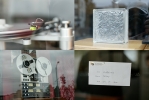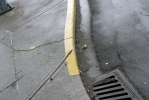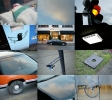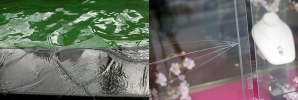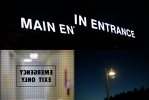Thirty-Five Thousand Forty
Thirty-Five Thousand Forty (2010)
Photography in the digital era is developing its own language, forging unique processes and technologies as it evolves into the dominant method of recording our lives today. It has reached, and possibly exceeded, the democratic potential that George Eastman imagined over a century ago when he desired to have a camera in the hands of every man, woman and child. As a result of inexpensive storage capabilities and instant LED imaging preview options, mainstream explorations that were previously considered costly and unpredictable are now commonplace and we feel free to record all that is around us, not just the important things. But is this progress?
Many calculate a vacation’s worth by the hundreds or thousands of captures saved on a computer hard drive. People document their morning coffee, their feet at the beach, or a new haircut in the bathroom mirror. Many of these images are viewed on a monitor only, with very few becoming physical prints. The shutters on today’s consumer cameras are tested to 200,000 actuations, or 5,555 rolls of 35mm film – more than most families would expose in generations previously. They are manufactured this way for a reason. We are without question taking more photographs now than at any other time in our history. But what does this look like exactly?
Starting June 19, 2010 I took 96 digital snapshots per day and did this for 365 consecutive days. All of the images were machine printed to the standard format of 4”x6” – each days output occupying a 4’X4’ grid. These grids were mounted directly to the gallery walls, covering the space from floor to ceiling in an installation that reflected the ubiquitous nature of the medium of digital imaging, and our collective obsession with recording the minutia of our daily lives.










